Meniscus Tear Rehabilitation: How Compression Can Relieve Knee Pain

Knee Pain & Meniscus Tears
If you were a strong athlete in high school or even if you got into the game late, you are probably no stranger to knee pain. Athletes such as yourself go hard, and it’s hard on your body. This makes it even more important to take steps—not only through the park on a morning run—but to protect your knees from a meniscus tear(MCL) and osteoarthritis.

Injury-prevention measures, such as knee-stabilizing compression pants that aid with meniscus tear rehabilitation, can help keep you moving, instead of stuck in the house nursing an injured knee. We have a few suggestions for things to add to your meniscus tear rehab protocol.
Benefits of Athletic Compression
Though most athletes who use compression gear wear it while engaged in sporting events, the real benefits come during recovery. If your compression pants also provide specialized support and stabilization for your knees, then they’re working overtime for you—during and after your workout.
According to The New York Times,
“Most recent studies indicate that compression sleeves do not boost blood flow through muscles during exercise, probably because the movement of blood when we are exercising is already at its peak."
That, of course, isn’t the full story. Compression clothing was first introduced to patients who needed help to promote blood circulation and prevent blood from pooling in their extremities, which the clothing did exceptionally well.

Billy Sperlich, who co-authored a review questioning the performance-enhancement theories about compression gear, published in the Journal of Strength & Conditioning Research. He notes that compression garments do appear to significantly aid muscles’ recovery after exercise.
The New York Times went on to explain that
“the garments can augment the movement of blood through muscles after exercising when blood flow would otherwise slow… This increase in circulation may help flush away some of the biochemical byproducts of hard workouts, like lactate… reducing inflammation and muscle aches”
It's often believed that the real advantages of compression gear come down to the placebo effect. Some researchers who question the physical advantages of compression gear for endurance athletes admit that if they make you feel stronger and faster, then they’re providing a tangible benefit to your performance. Dr. Sperlich writes that “[s]ince beliefs are strong performance enhancers, I would recommend compression clothing to persons who believe in the performance-enhancing effect."
While Dr. Sperlich's endorsement of belief itself as a performance enhancer is compelling, it doesn't have to be. A more recent study (2022), published in Scientific Reports, puts the perceived placebo effect of compression gear to the test. The researchers found that not only did the compression gear enhance recovery, but they conclusively ruled out the possibility that the positive results were due to the placebo effect. By improving blood flow, as noted, they found that compression gear used post-exercise aided recovery by limiting muscle damage and decreasing inflammation in impacted joints.
Common Knee Injuries
Osteoarthritis and meniscus tears are two of the most common knee injuries for middle-aged athletes.
Osteoarthritis, often known as degenerative joint disease or “wear and tear” arthritis, occurs when the cartilage between joints breaks down, leading to pain, stiffness, and swelling. Much of the pain associated with osteoarthritis can be managed with a rigorous quadriceps-strengthening routine, glucosamine, and a knee brace.
A meniscus tear, rips in the cartilage of your knee, can happen at any age. However, as you get older, you are more prone to degenerative meniscus tears, where cartilage weakens and wears thin over time, making it more susceptible to tears. For younger athletes, these tears often occur during contact sports. However, later in life, they can be caused by any awkward twist, which is one of the reasons that providing extra stabilization to your knees should become a priority.
Luckily, there’s a simple solution for meniscus tear knee support and soothing osteoarthritis. Adding some knee support to your meniscus tear rehab protocol can make a huge difference!

Why Knee Supports Work
Don’t let common knee injuries or knee pain keep you on the bench. Taking preventative actions to avoid injury is your best option. However, with certain degenerative issues, it’s understood that you can’t dodge bullets forever. Either way, you should be taking advantage of the support, stability, and protection provided to active and recovering knees by Bracelayer Knee Compression Pants—available for men and women.
Bracelayer pants are innovative because in addition to providing the standard moisture-wicking and antimicrobial features associated with most top brands of compression pants, they also come equipped with a stabilizing neoprene brace layer. This brace layer wraps around the knee while also insulating the IT bands, hips, and lumbar area. The stabilizing layer uses lightweight, medical-grade perforated neoprene to provide advanced compression to these areas.
Additionally, the pants are designed to allow your customized brace to go over the top of them, providing even more protection. The design also stops the distal migration of your knee brace down your leg and helps prevent skin trauma caused by knee brace straps.
Meniscus Knee Tear Pain: Does Compression Help?

As an athlete, your emotional health and mental health is tied to your physical wellbeing. Anyone who has been forced away from their healthy, daily exercise routine because of a knee injury or knee pain knows the toll it can take on your entire life. Many people find that targeted knee compression, such as that found in Bracelayer knee sleeve compression pants, can reduce the pain caused by meniscus tears. By using compression pants with a built-in knee sleeve, you can protect your body, lessen knee pain, and recover more quickly—all while feeling faster and stronger.


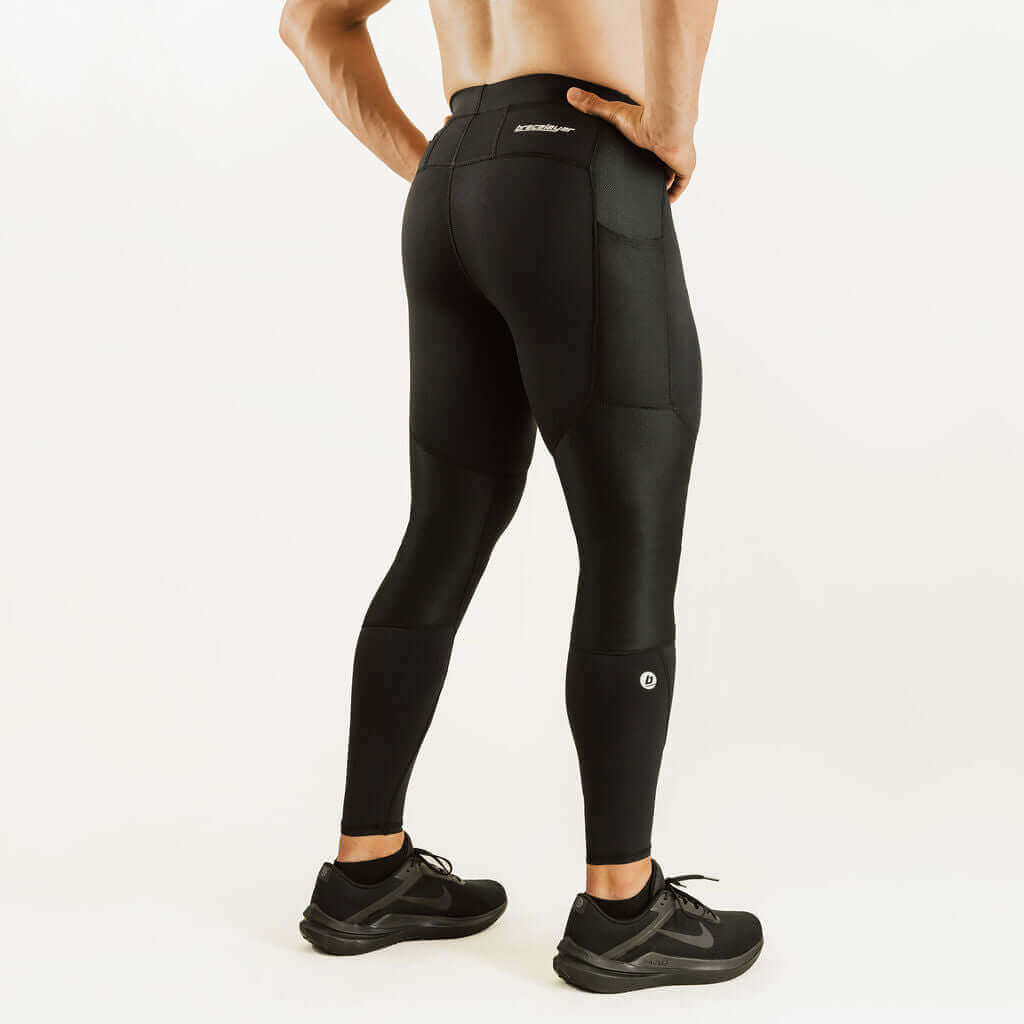
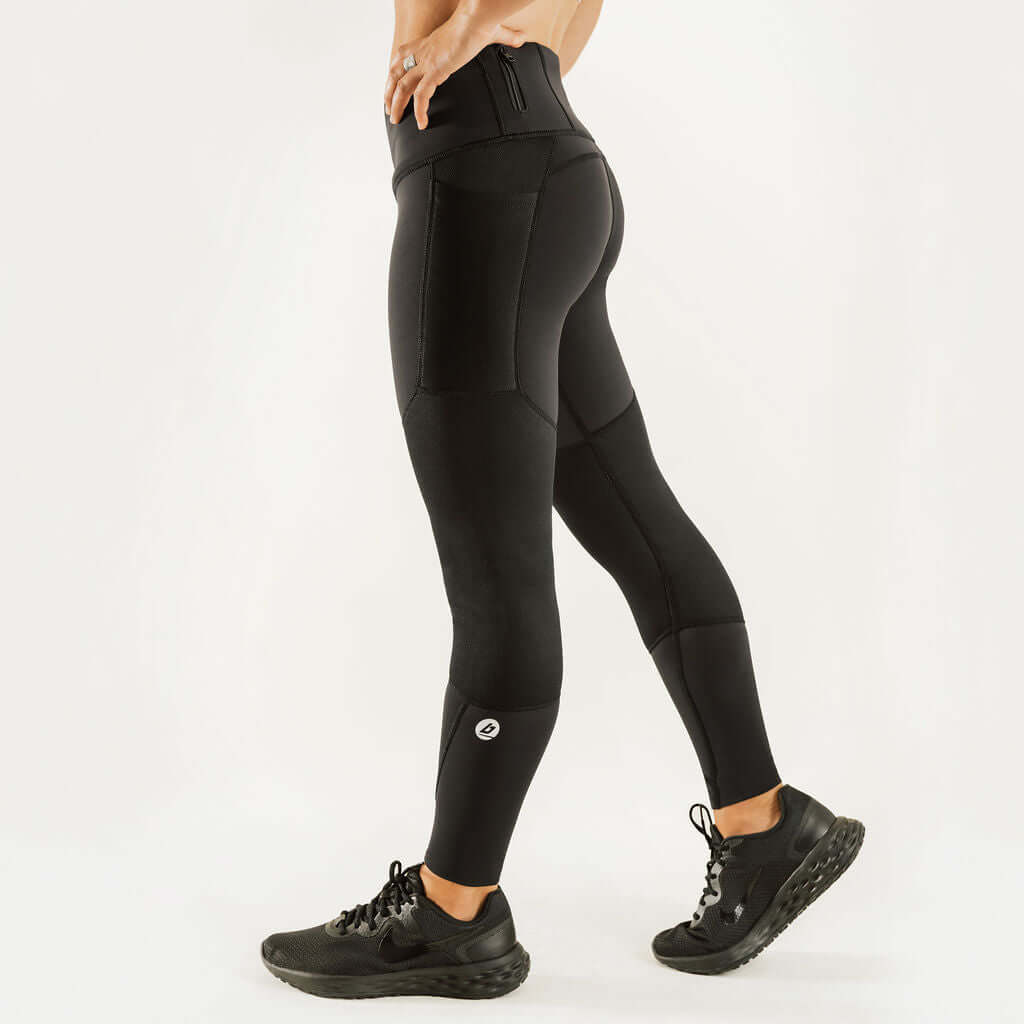
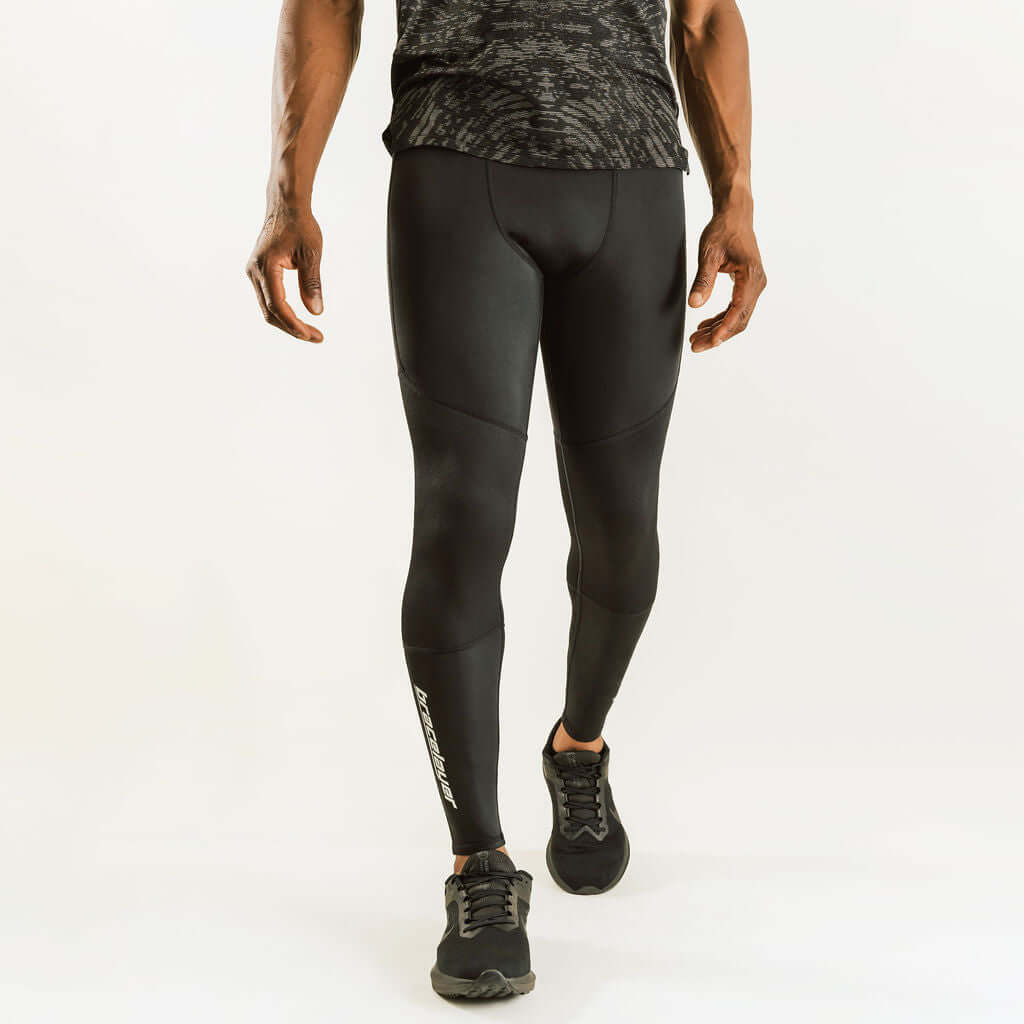
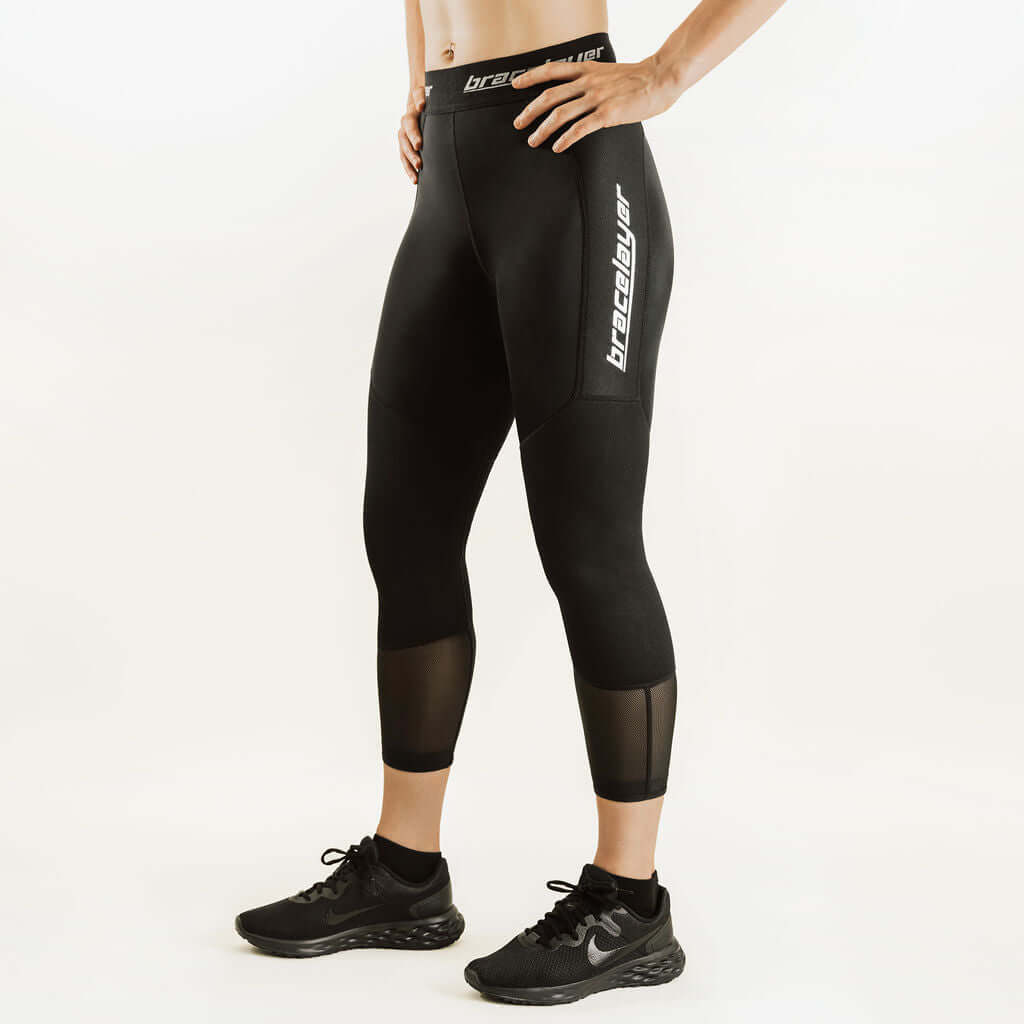
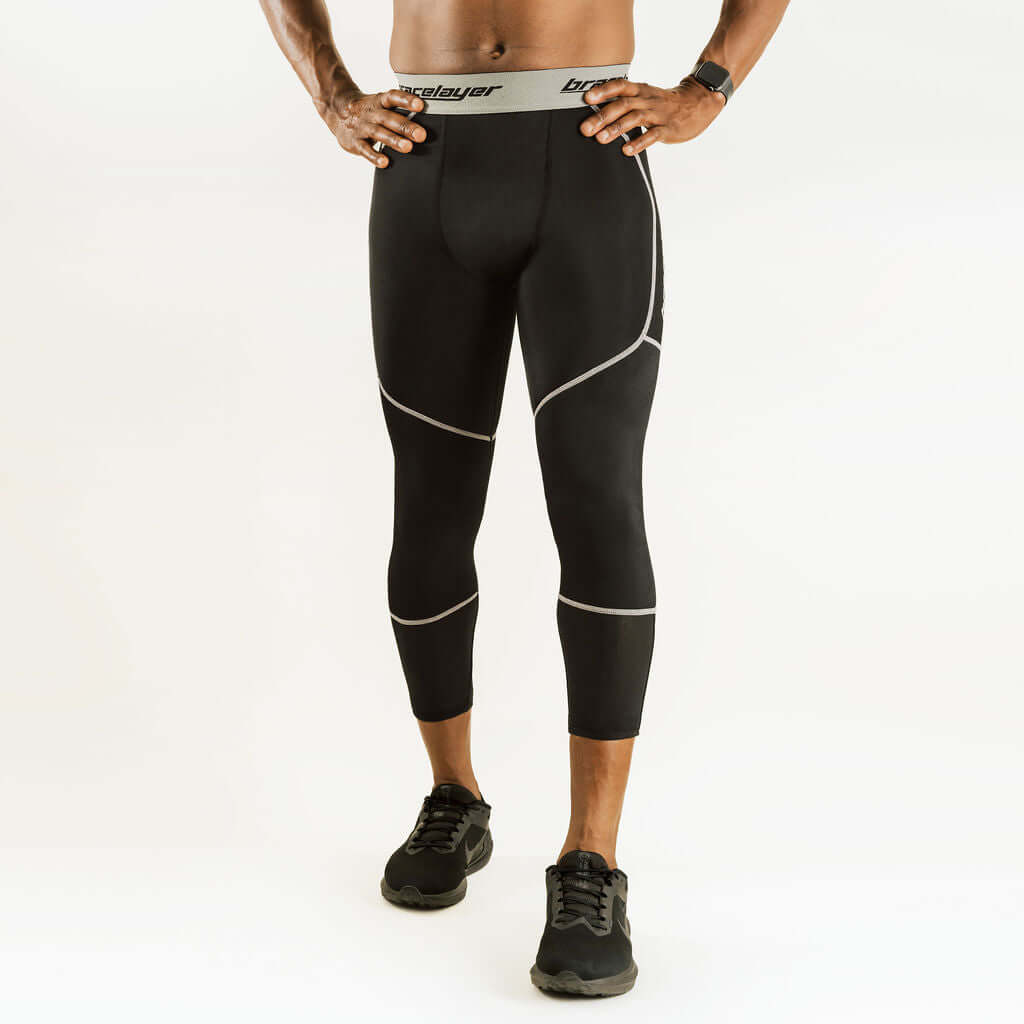
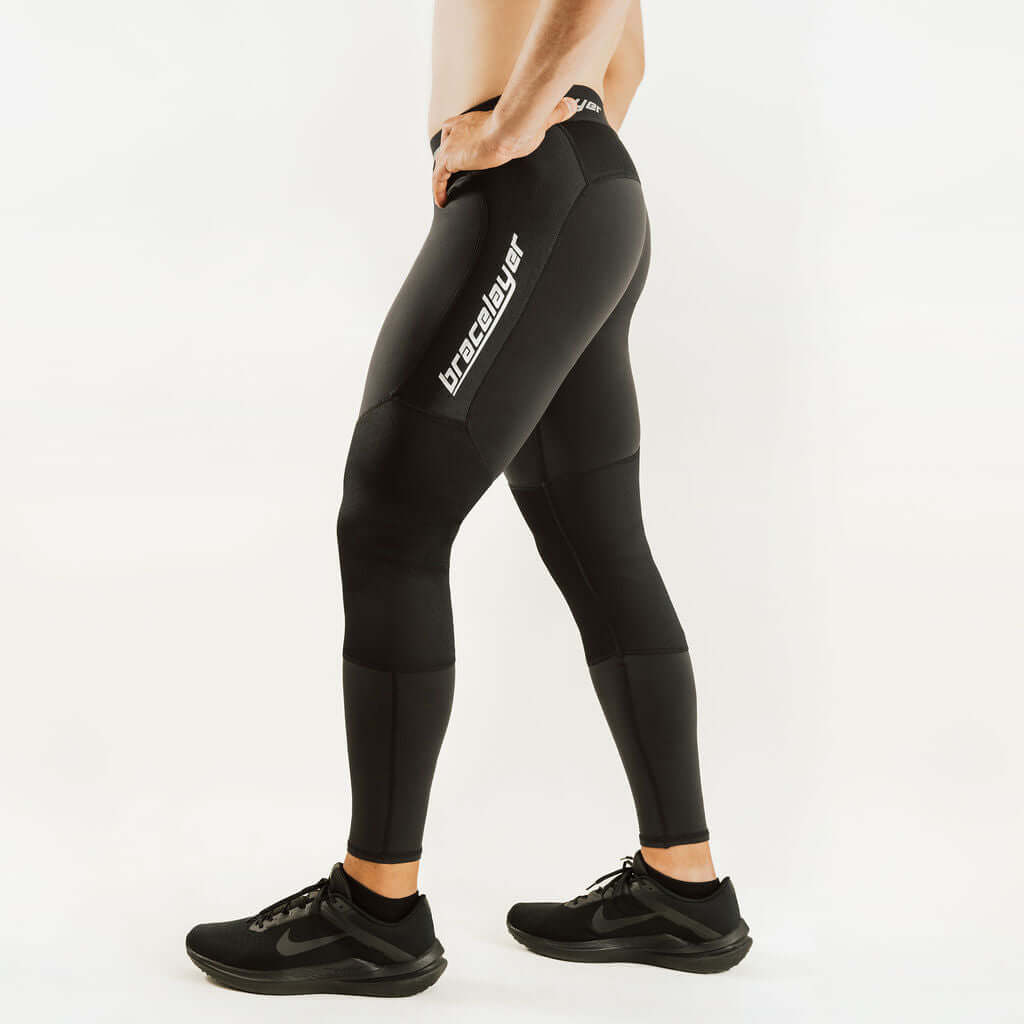
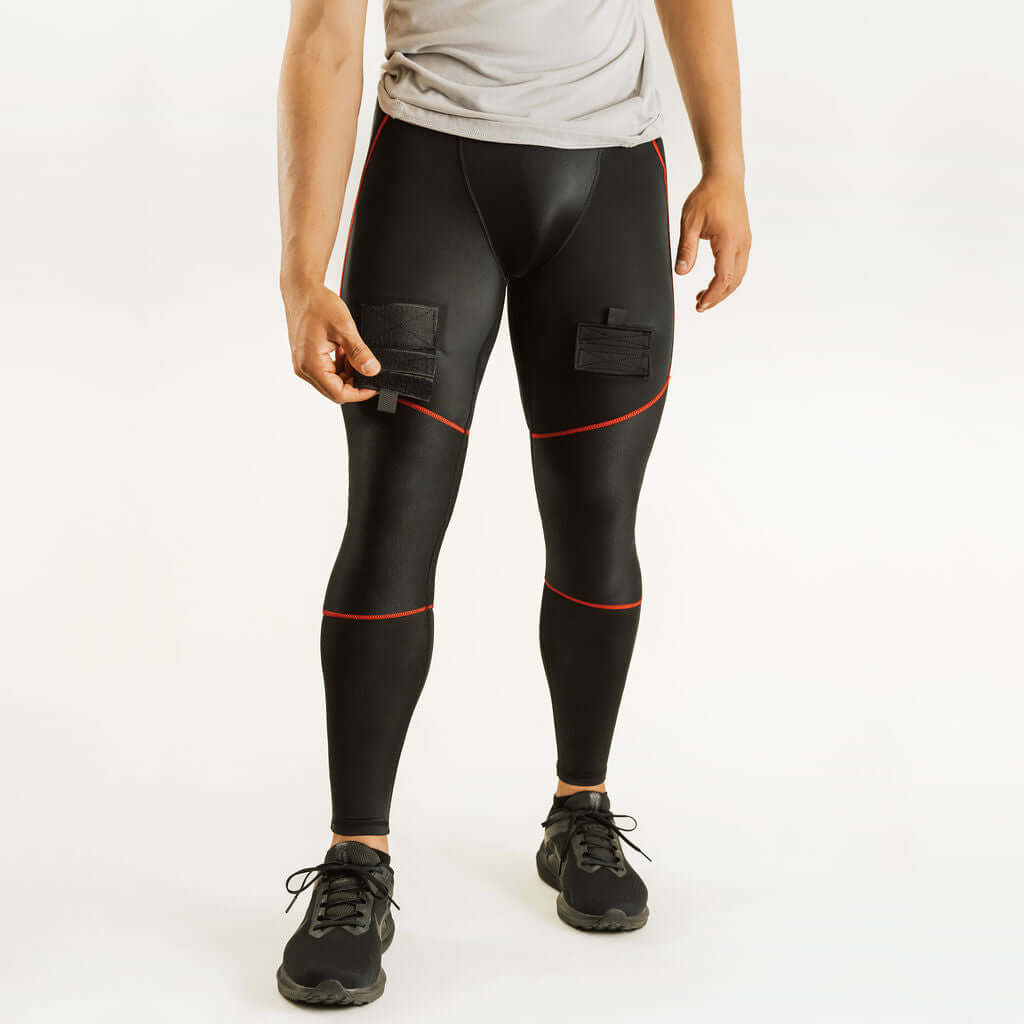
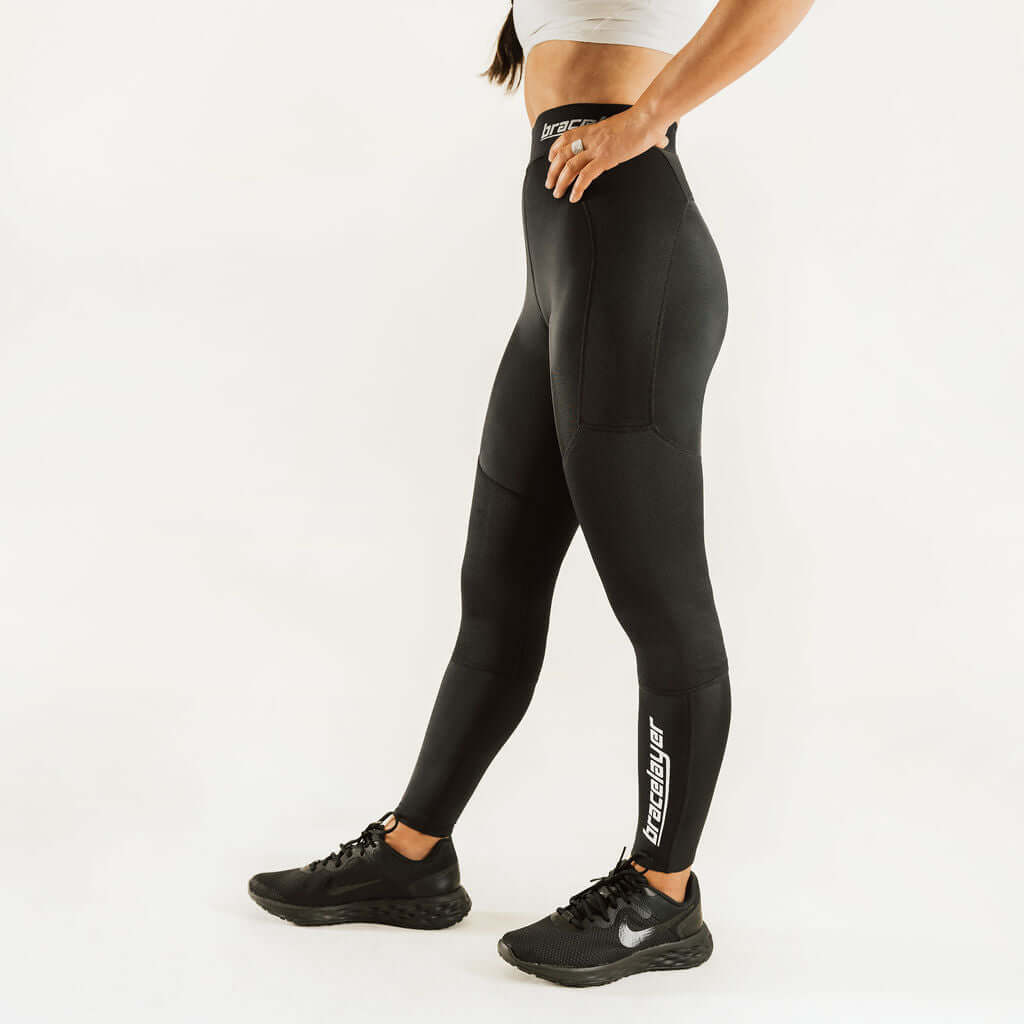
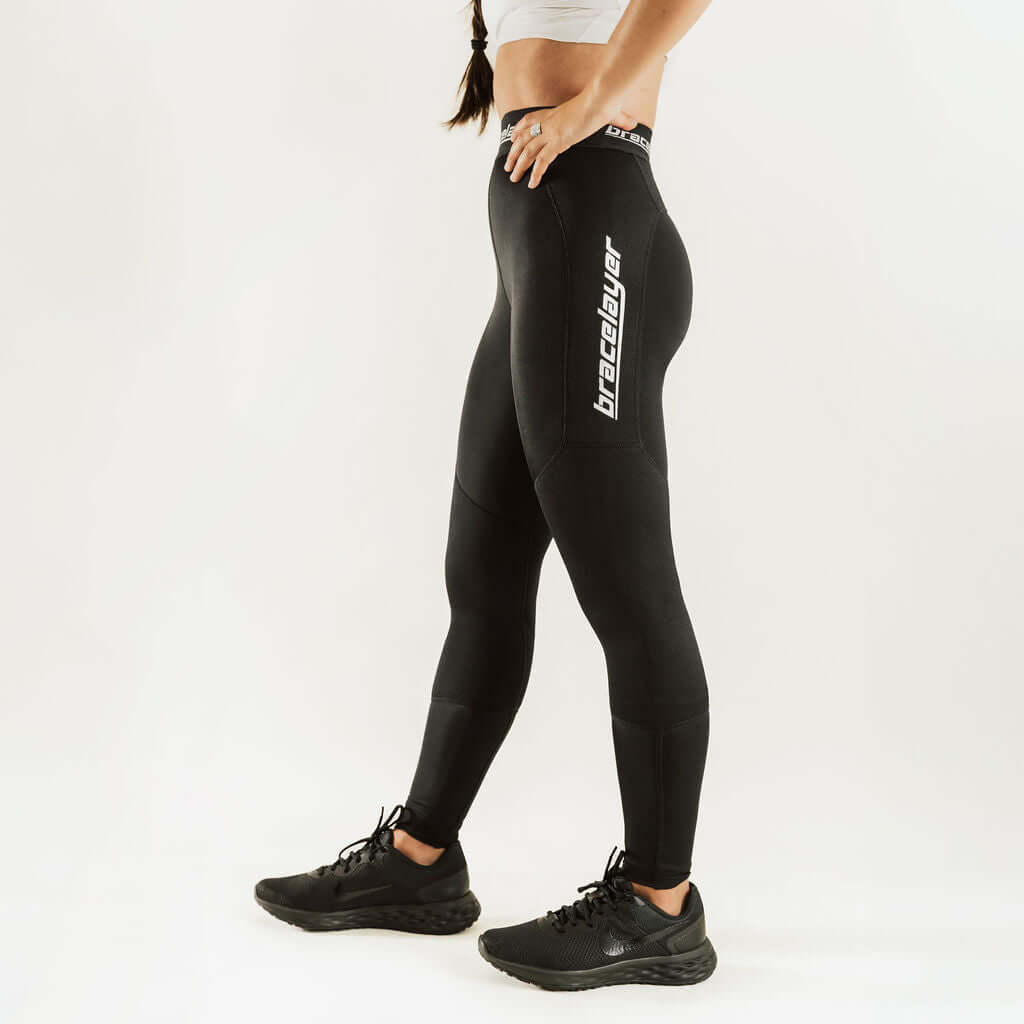
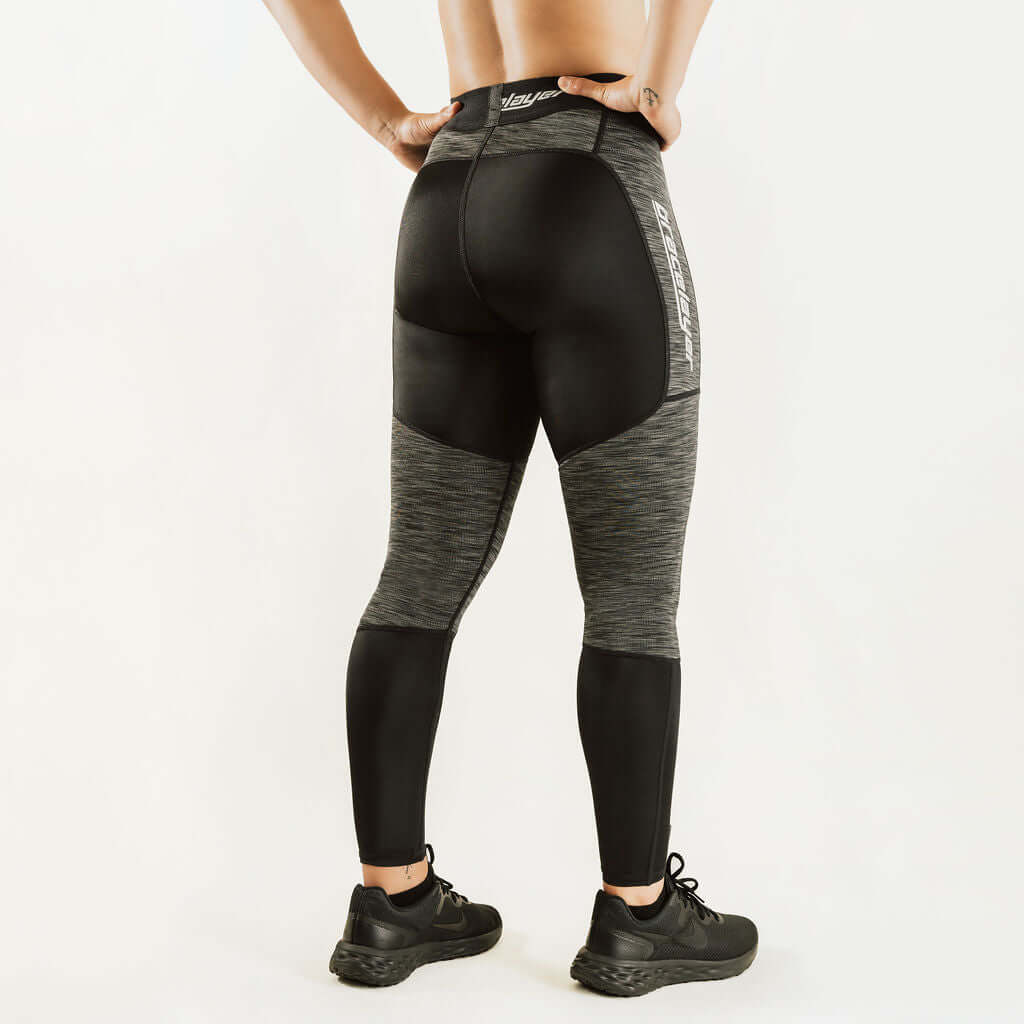
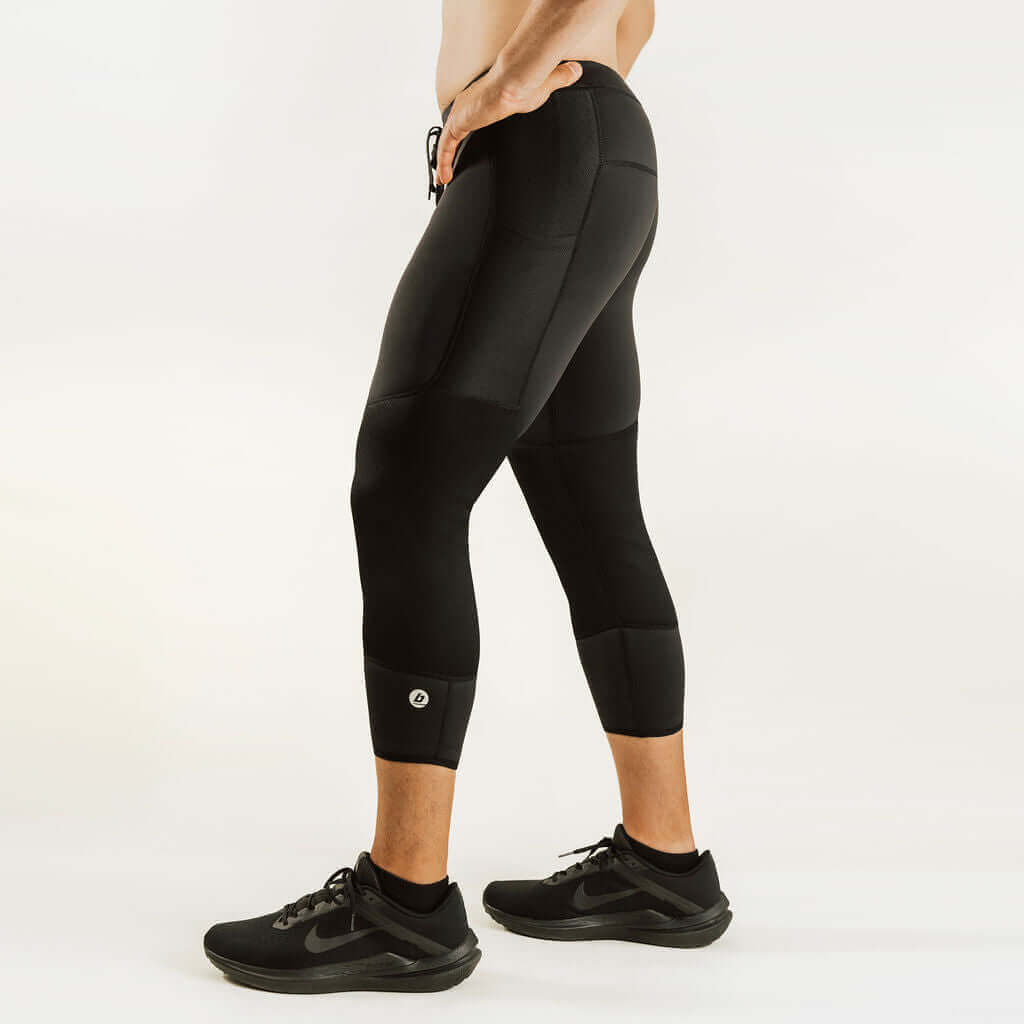
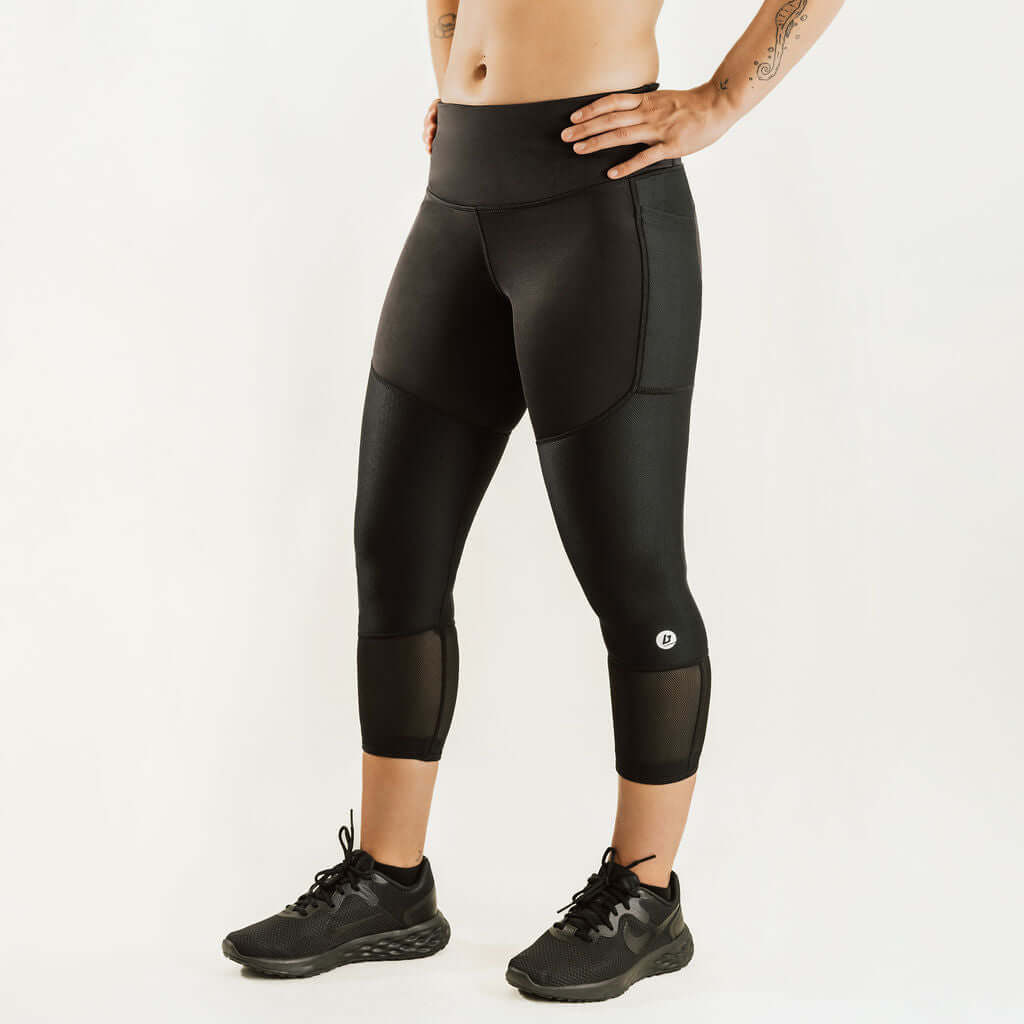
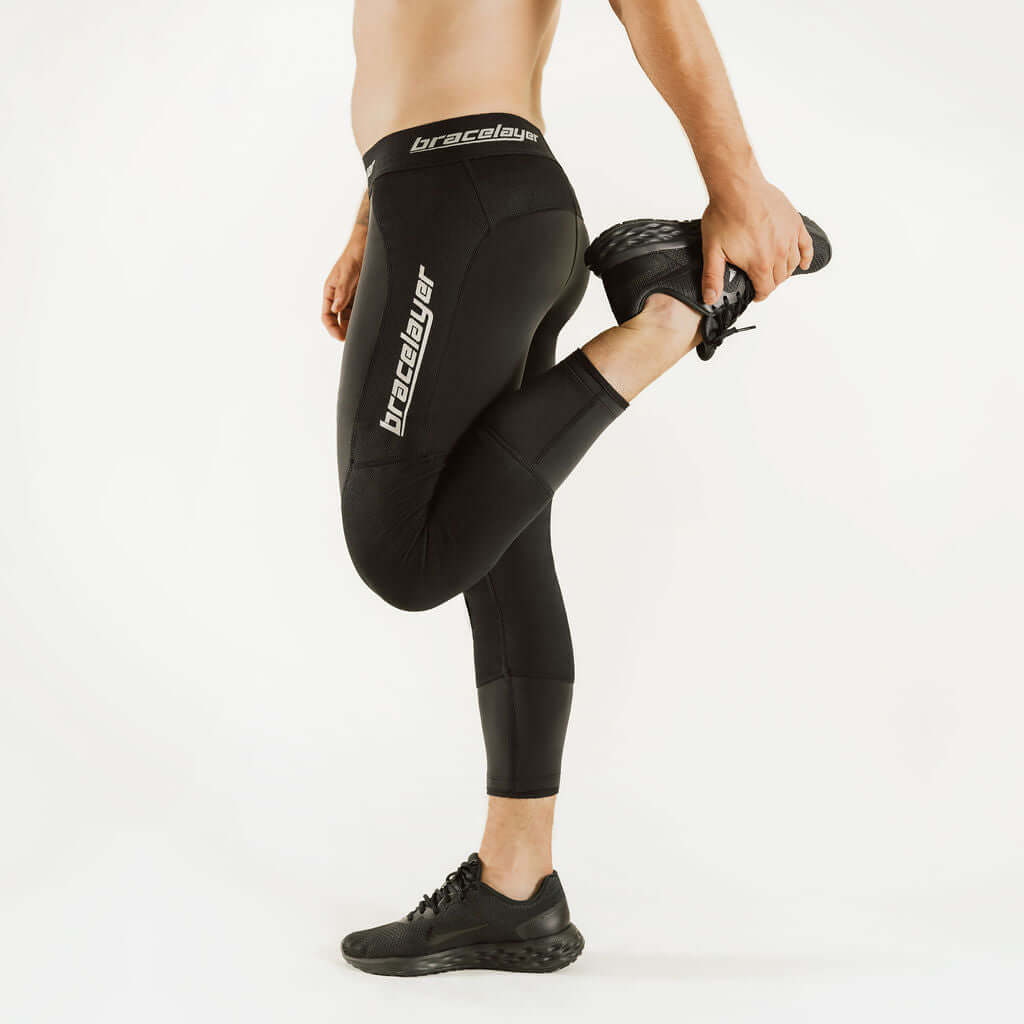
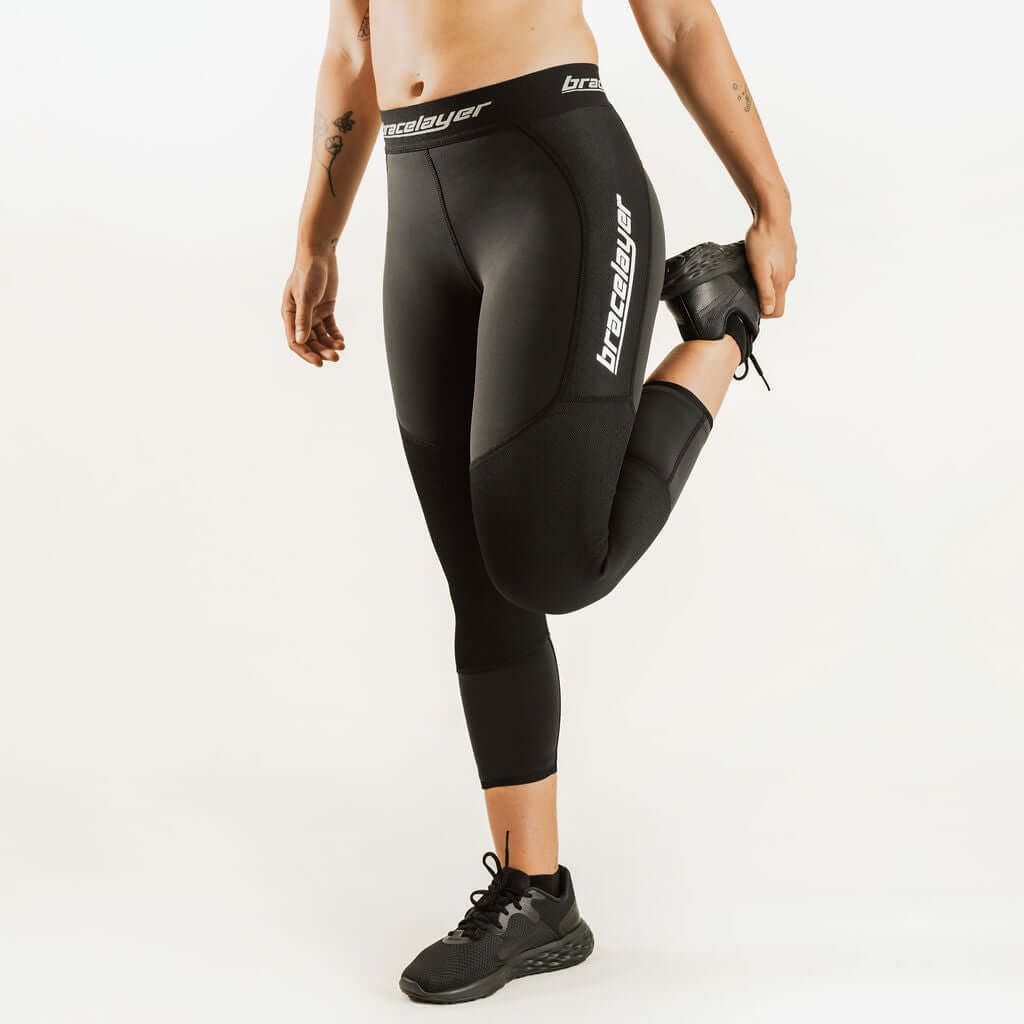
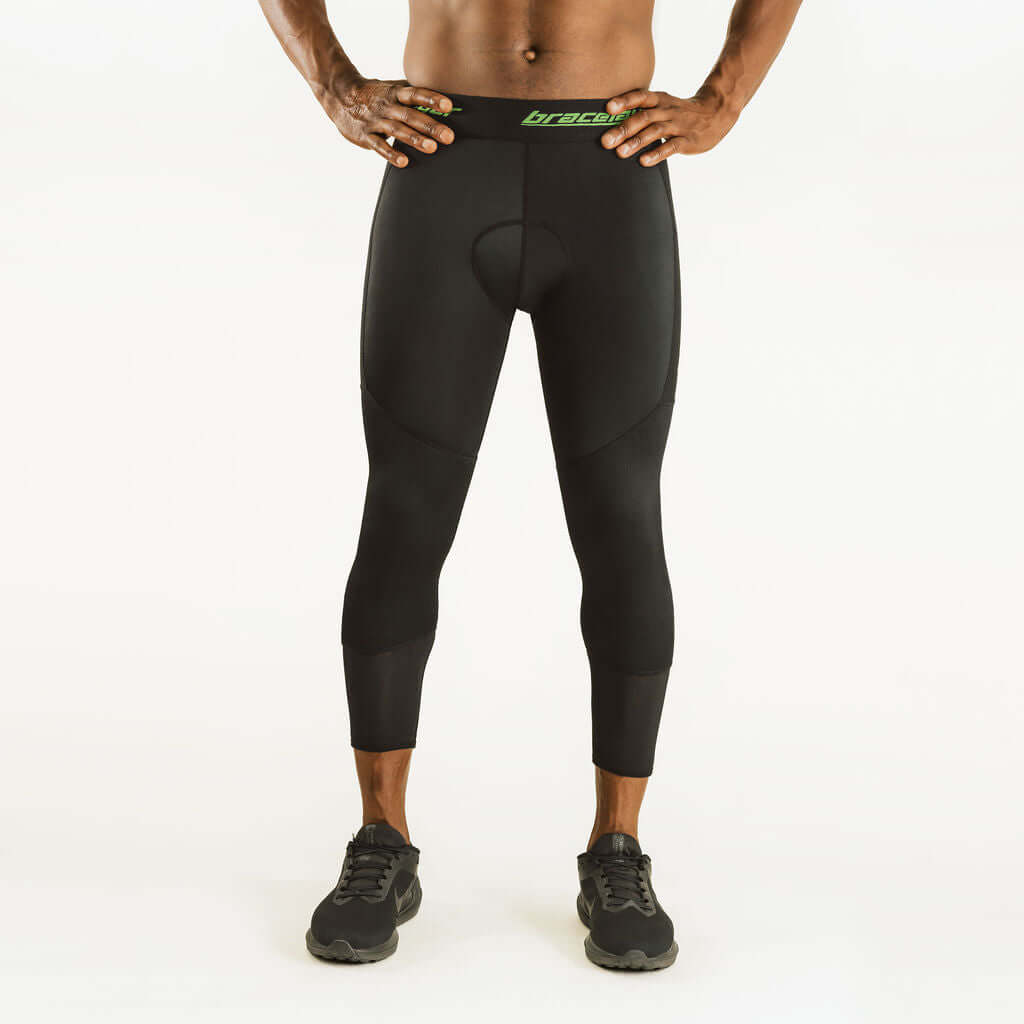
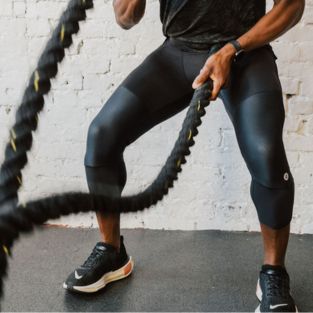
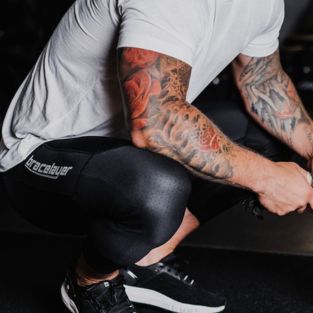
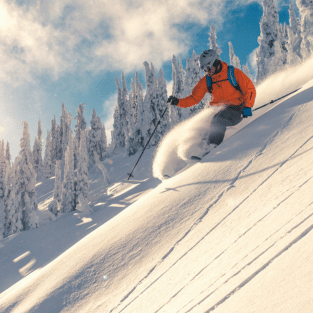
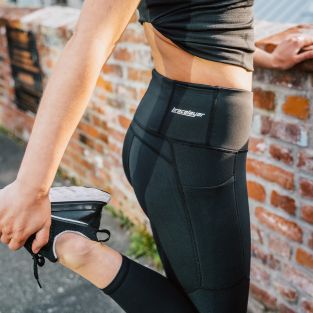
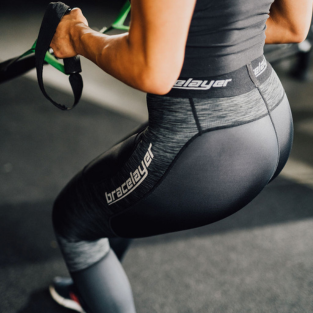

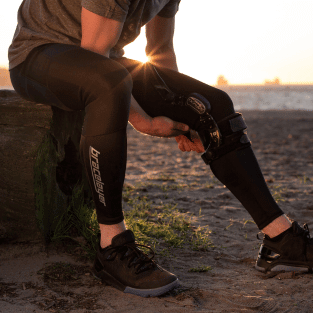
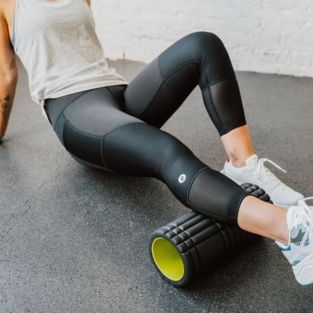
Leave a comment